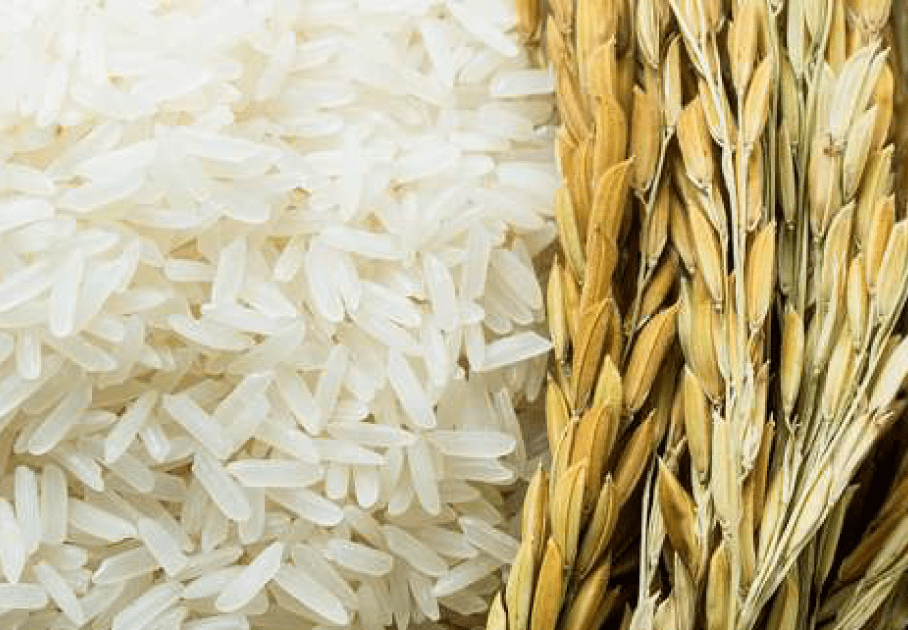Chalkiness in rice, often overlooked, plays a pivotal role in determining rice quality. This hazy, opaque appearance in rice grains can significantly affect consumer satisfaction and market competitiveness. Here, we delve into the multifaceted aspects of chalkiness and its importance in rice assessment.
Understanding Chalkiness: Chalkiness appears as cloudy or opaque areas in the rice grain, distinct from its translucent, clear portions. It’s a result of irregular starch granules and air gaps within the grain structure. These powdery spots can have a marked influence on the cooking behavior and overall desirability of rice.
Factors Influencing Chalkiness:
- Varietal Variation: Different rice varieties exhibit varying degrees of chalkiness. Some are inherently more susceptible due to their genetic makeup.
- Environmental Impact: Environmental conditions during rice cultivation, such as temperature, humidity, and water management, can affect the occurrence and severity of chalkiness.
- Post-Harvest Handling: Improper drying and storage practices can exacerbate chalkiness in rice grains. Moisture content plays a crucial role.

Significance for Consumers: Consumers prefer rice with minimal chalkiness for its visual appeal and cooking performance. Less chalky rice tends to cook evenly, producing fluffy and appetizing grains, while excessive chalkiness can result in uneven cooking and reduced palatability.
Market Value: For rice producers and sellers, the presence of chalkiness can significantly impact market value. High-quality rice with minimal chalkiness commands better prices and attracts discerning buyers.
Evaluation and Quality Assurance: Rice quality assessment involves evaluating chalkiness along with other key parameters like length, weight, whiteness, and translucence. Precise evaluation methods, such as colorimeters and whiteness meters, aid in quantifying chalkiness.
Conclusion: Chalkiness in rice is not to be underestimated. Its impact on both consumer satisfaction and market value underscores the importance of proper assessment and management. By understanding the intricacies of chalkiness, rice producers can enhance their product quality, meet consumer expectations, and thrive in the competitive rice industry.




